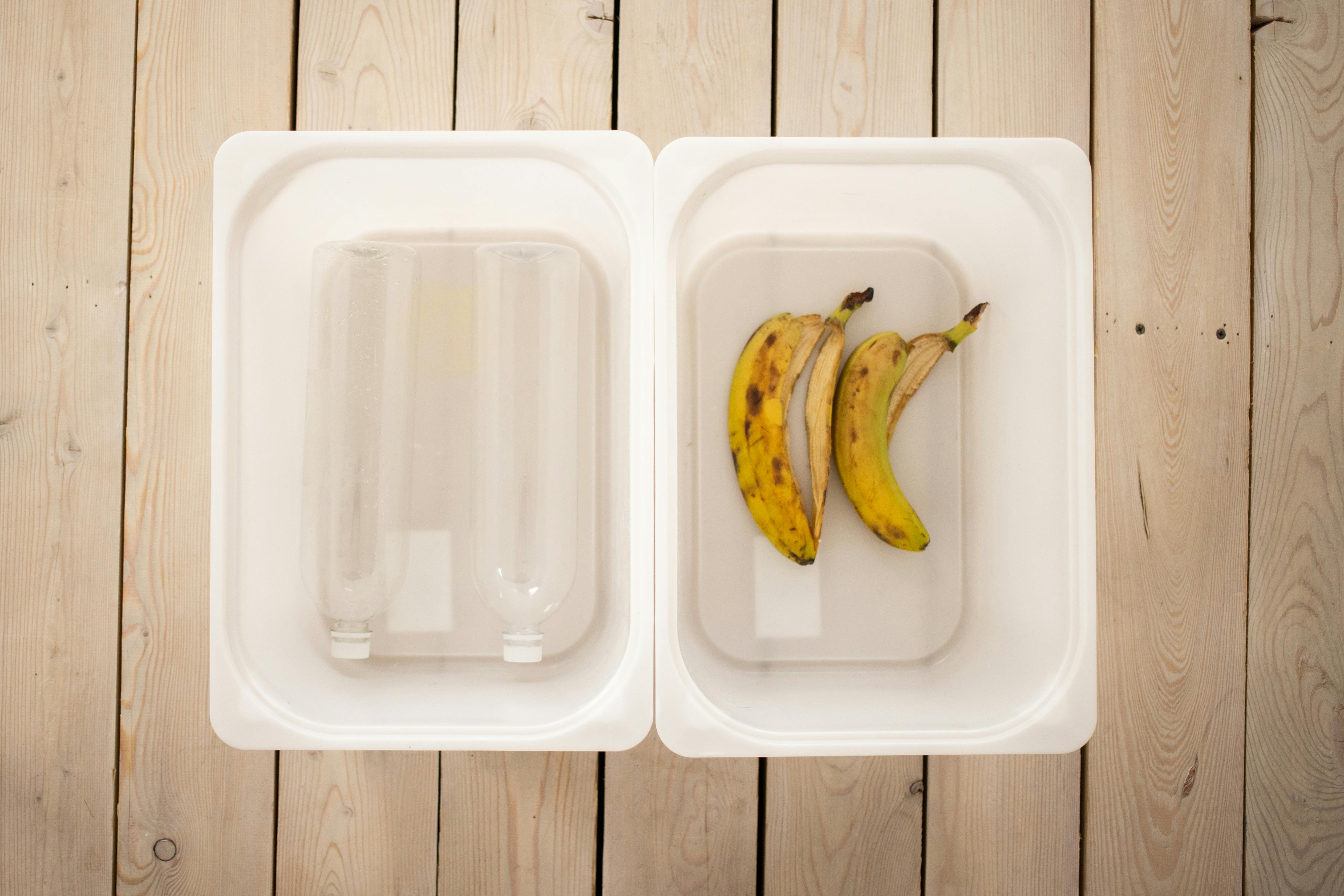Distillation is a process used to separate mixtures of liquids based on differences in their boiling points. It is an important industrial process for purifying or separating liquid mixtures and, as such, has widespread applications in the food and beverage industry, the chemical industry, petroleum refining, and many other areas. Distillation works by taking advantage of the fact that different liquids boil at different temperatures. By heating a mixture of liquids to its boiling point and then collecting only the vapor that is produced, it is possible to effectively separate the components of the mixture.Distillation is a process of separating liquids from solids by heating a mixture to evaporate it and then condensing the vapor to form a purified liquid. It is used in chemical, oil refining, and water treatment industries to purify liquids in order to separate out the desired components.
Mixture
A mixture is a combination of two or more substances that are not chemically combined. Mixtures can be made up of solids, liquids, and gases. They can also be heterogeneous or homogenous. In a heterogeneous mixture, the different components of the mixture are visibly different from each other, while in a homogenous mixture they are not. Examples of mixtures include air, salt water, and concrete. Generally speaking, mixtures are relatively easy to separate due to the fact that the components retain their own properties.
Mixtures can be classified based on how the components are distributed in the mixture. For example, if the components have an even distribution throughout the mixture then it is considered to be a homogenous mixture. On the other hand, if there are pockets of each component within the mixture then it is considered to be heterogeneous. Additionally, mixtures can also be classified based on their composition; for instance some mixtures consist of two substances while others may contain more than two.
Mixtures have many uses in everyday life and in industry as well. Many food items such as ice cream and popcorn contain m
Types of Distillation Used for Separating Mixtures
Distillation is a process of separating mixtures based on their different boiling points. It is a physical process used to separate liquid mixtures, as well as purify or concentrate individual components. Different types of distillation can be used to separate the components of a mixture, depending on the composition and relative volatility of the substances involved. The main types of distillation include fractional, steam, and vacuum distillations.
Fractional distillation involves repeated vaporization and condensation cycles within a single distillation apparatus. This allows for the separation of components with similar boiling points that are not easily separated by steam distillation. The process works by heating the mixture until it vaporizes and then cooling it until it condenses into separate liquids with different boiling points.
Steam distillation is an effective way to separate volatile components from non-volatile ones. This method works by passing steam through the mixture, causing some components to vaporize more easily than others due to their volatility. The vaporized components are then condensed and collected in a separate container, leaving behind
Distillation
Distillation is a process used to separate mixtures of substances into their individual components. This is accomplished by taking advantage of the different boiling points of the substances in the mixture. When a mixture of substances is heated, each substance will vaporize at its own particular temperature. This vapor can then be condensed and collected separately from other components of the mixture, allowing for separation.
Types of Distillation
There are several different types of distillation that can be used, depending on the nature of the mixture being separated. Simple distillation is typically used when two liquids with significantly different boiling points are mixed together, such as alcohol and water. In this case, the lower-boiling liquid will vaporize first and can be collected separately from the higher-boiling liquid. Fractional distillation is used when more than two components are present and have similar boiling points. In this process, each component will vaporize at different temperatures as the temperature increases, allowing for more precise separation.
Applications of Distillation
Distillation is an important process in many industries, including chemical
Boiling Point
The boiling point of a liquid is the temperature at which it changes from a liquid to a vapor. At the boiling point, the vapor pressure of the liquid is equal to the atmospheric pressure. The boiling point of a substance depends on its pressure as well. When the atmospheric pressure is high, the boiling point is higher; when it is low, the boiling point is lower. In general, liquids boil at higher temperatures when their molecules are more tightly packed together.
Distillation
Distillation is a process used to separate or purify liquids by heating them until they turn into vapor and then condensing them back into liquid form. In distillation, different components of a liquid can be separated based on their different boiling points. During distillation, one component will evaporate faster than another due to its lower boiling point and can be collected separately from the other components. This process can be used for purifying water, separating alcohol from beer or wine, and even extracting essential oils from plants.

Examples of Mixtures That Can be Separated Using Distillation
Distillation is a separation technique that can be used to separate components of mixtures based on their different boiling points. It is a very useful technique for separating and purifying liquids, such as ethanol from water or essential oils from plant material. Some common examples of mixtures that can be separated through distillation are alcohol from beer, whisky and other drinks; essential oils from plant material; and salt water into its component parts: pure water and salt.
One example of distillation is the separation of ethanol (alcohol) from water. Ethanol has a lower boiling point than water, so when it is heated, the ethanol will evaporate first, leaving the water behind. This vaporized ethanol can then be collected in another container, leaving behind the now-pure water.
Another example is separating essential oils from plant material. Essential oils are volatile compounds that give plants their unique aromas and flavors. When heated, these compounds vaporize more quickly than other substances present in the plant material and can then be collected in another container. This is how many commercial essential oils are made.
Finally,
Advantages of Using Distillation to Separate Mixtures
Distillation is a process used to separate mixtures of liquids and solids based on their boiling point. It is an effective method for separating the components of a mixture because the boiling points of substances can be precisely controlled. The advantages of using distillation to separate mixtures include the ability to obtain pure components, increased safety, and efficient use of energy.
Distillation provides one of the best methods for obtaining pure components from mixtures. When a mixture is distilled, the compounds with higher boiling points are separated first, leaving behind those with lower boiling points. This allows each component in a mixture to be isolated and collected separately. As a result, distillation enables us to obtain high-purity products that can be used in various applications.
Another advantage of using distillation is that it increases safety when compared to other separation methods such as fractional crystallization or filtration. This is because distillation does not involve any hazardous chemicals or dangerous processes, making it much safer than other methods. Additionally, it requires minimal equipment and space in comparison, which makes it ideal for laboratory and industrial separations.
Limitations of Using Distillation to Separate Mixtures
Distillation is a process used to separate mixtures of liquids and solids based on the different boiling points of their components. While this method is very effective, there are some limitations to consider when using distillation to separate mixtures.
Firstly, distillation only works on components that have significantly different boiling points; if the boiling points are too close together, then the distillation process will not be effective. Additionally, some mixtures may contain components that have both volatile and non-volatile properties; in these cases, distillation can only separate out the volatile components and not the non-volatile ones.
Another limitation of using distillation to separate mixtures is that it requires a great deal of energy. This means that it can be expensive and time-consuming, especially for complex mixtures. Furthermore, some components may degrade due to high temperatures during the distillation process, resulting in changes in composition or contamination of the end product.
Finally, certain types of mixtures may not be able to be separated by distillation at all due to their chemical composition or physical structure. Examples include liquid

Conclusion
Distillation is a process that is used to separate mixtures of liquids or solids. It works by taking advantage of the differences in boiling points between the components of the mixture. Distillation can be used to separate a wide variety of different types of mixtures, including mixtures containing different types of liquids, or mixtures containing different types of solids suspended in a liquid. This separation process can also be used to purify liquids and remove contaminants from them. It is an essential part of many industrial processes, and has many applications in various industries such as pharmaceuticals, petrochemicals, food production, water treatment and chemical manufacturing.
In short, distillation is an effective way to separate mixtures and purify liquids. It has been around for centuries and is still widely used today due to its versatility and reliability. Its importance to industry cannot be overstated, as it plays a crucial role in countless processes across many different sectors.

